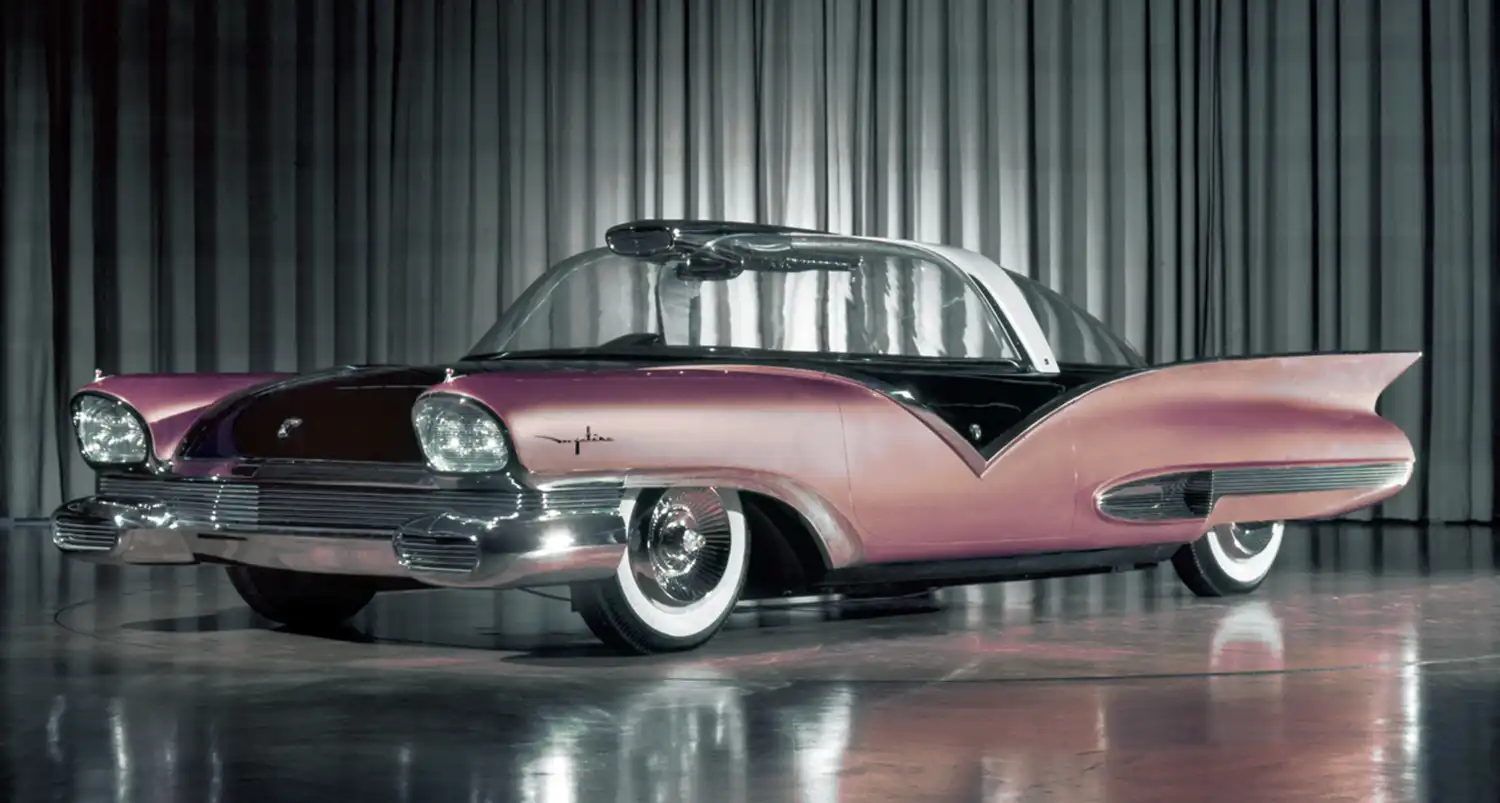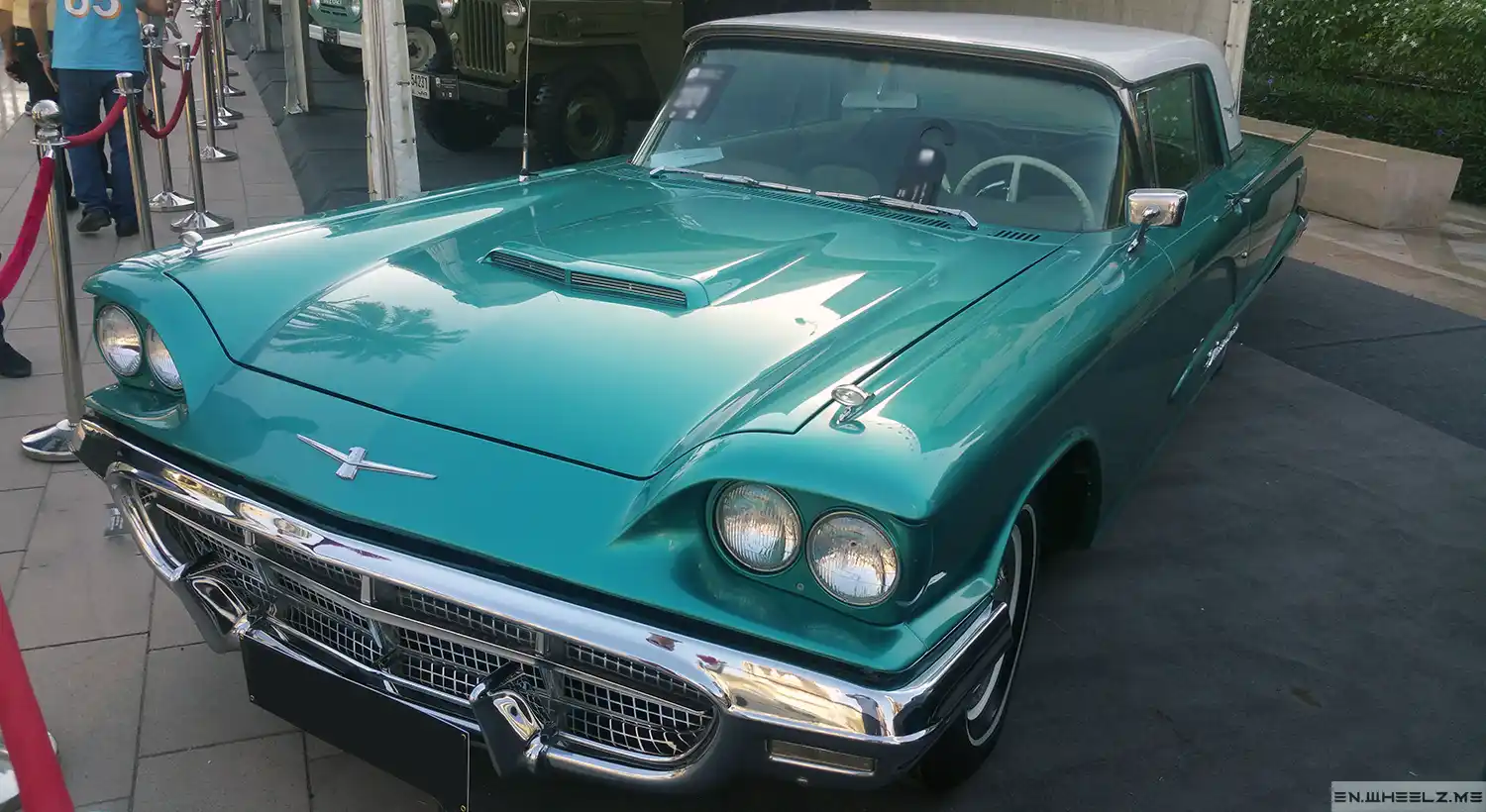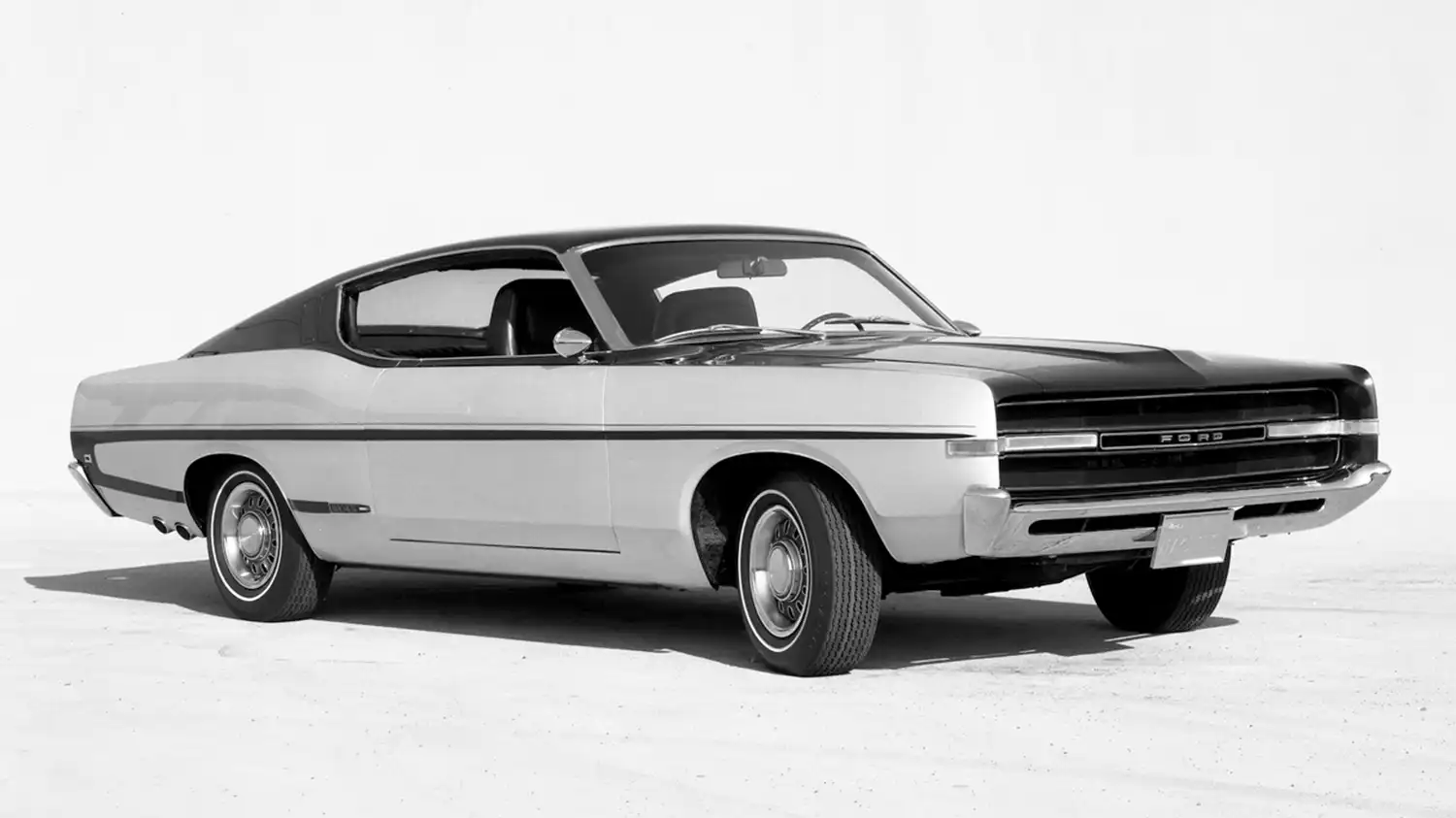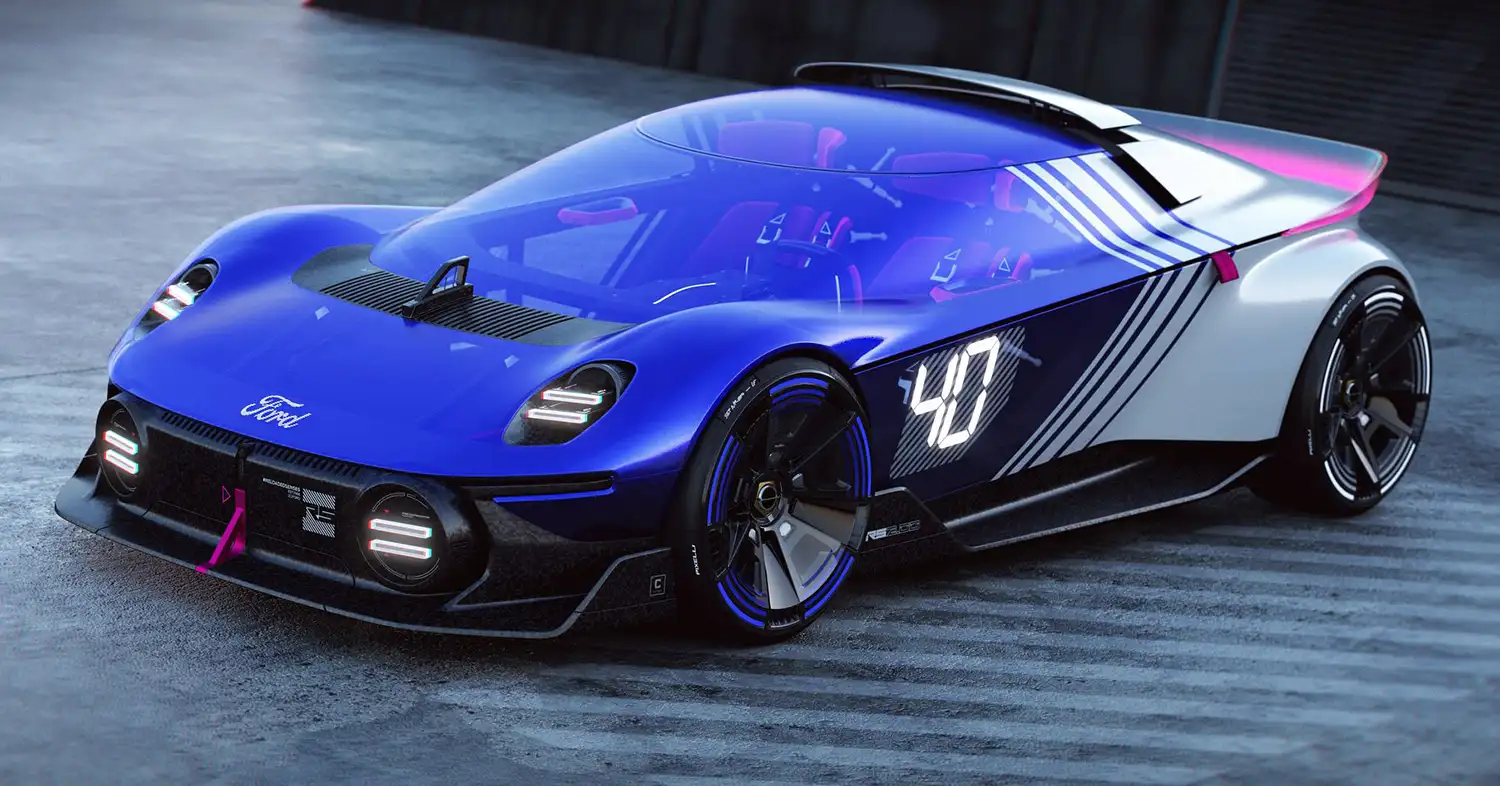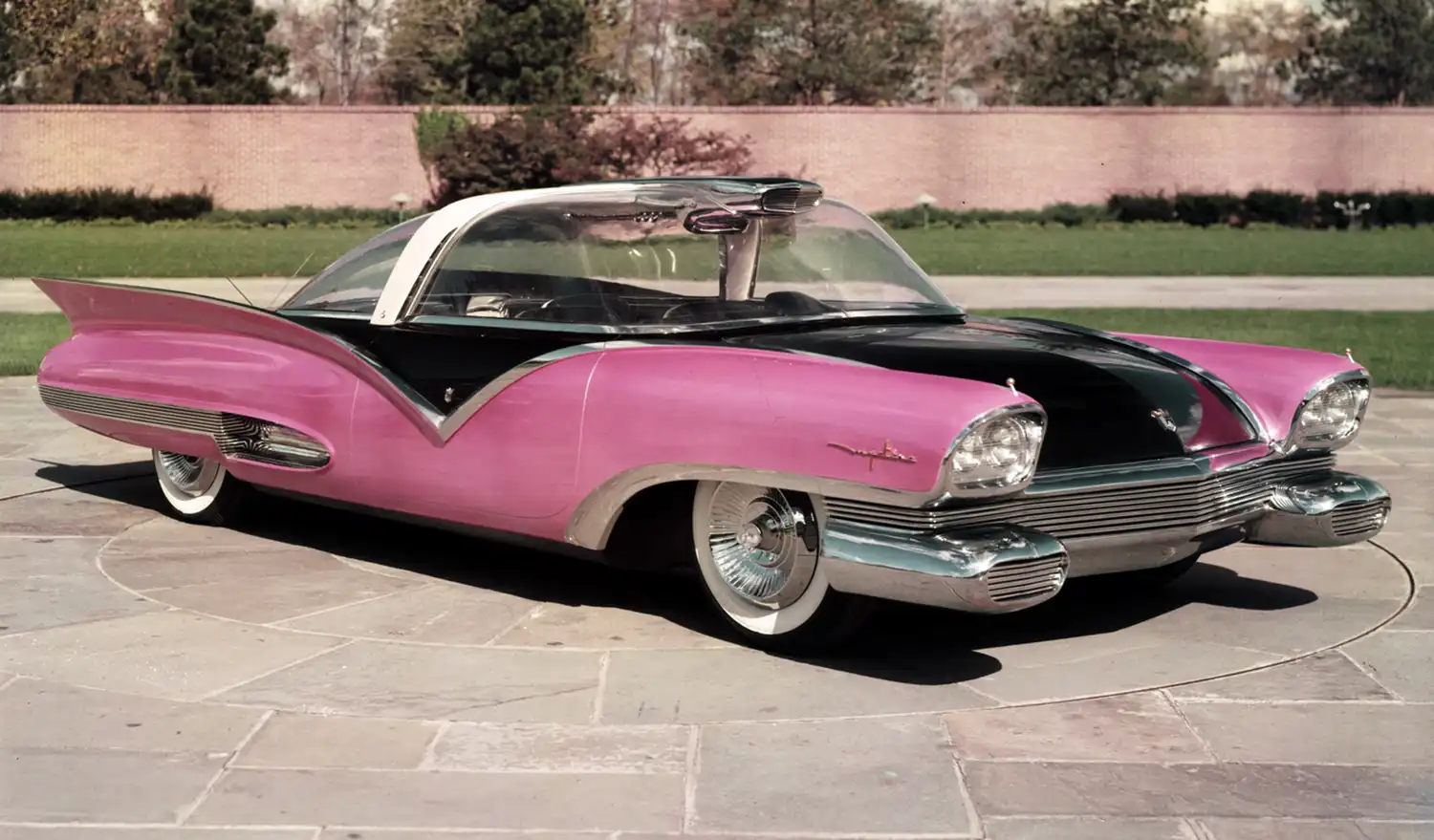
The 1955 Ford Mystere stands as a fascinating artifact of mid-century automotive optimism and design exploration. Born from the Ford Styling Studio, under the leadership of George Walker, this concept car was a tangible representation of the futuristic styling trends that designers envisioned for the automobiles of tomorrow. It was not intended for production but rather served as a rolling showcase of advanced design ideas, pushing the boundaries of conventional automotive aesthetics and hinting at potential directions for future Ford vehicles. As a single, non-production model, the Mystere did not have subsequent generations in the traditional sense; its legacy lies in its influence on design thinking and its status as a unique piece of automotive history.
A Vision of Streamlined Elegance: The Ford Mystere was characterized by its long, low-slung profile and a distinct emphasis on aerodynamic efficiency, reflecting the era’s growing fascination with jet-age styling. Its bodywork featured smooth, flowing lines that stretched from the sharply pointed front end to the dramatically finned rear. The front fascia was notable for its integrated bumper and grille treatment, creating a clean and unified appearance. The headlights were often concealed or integrated into the front design, further contributing to the car’s sleek aesthetic.
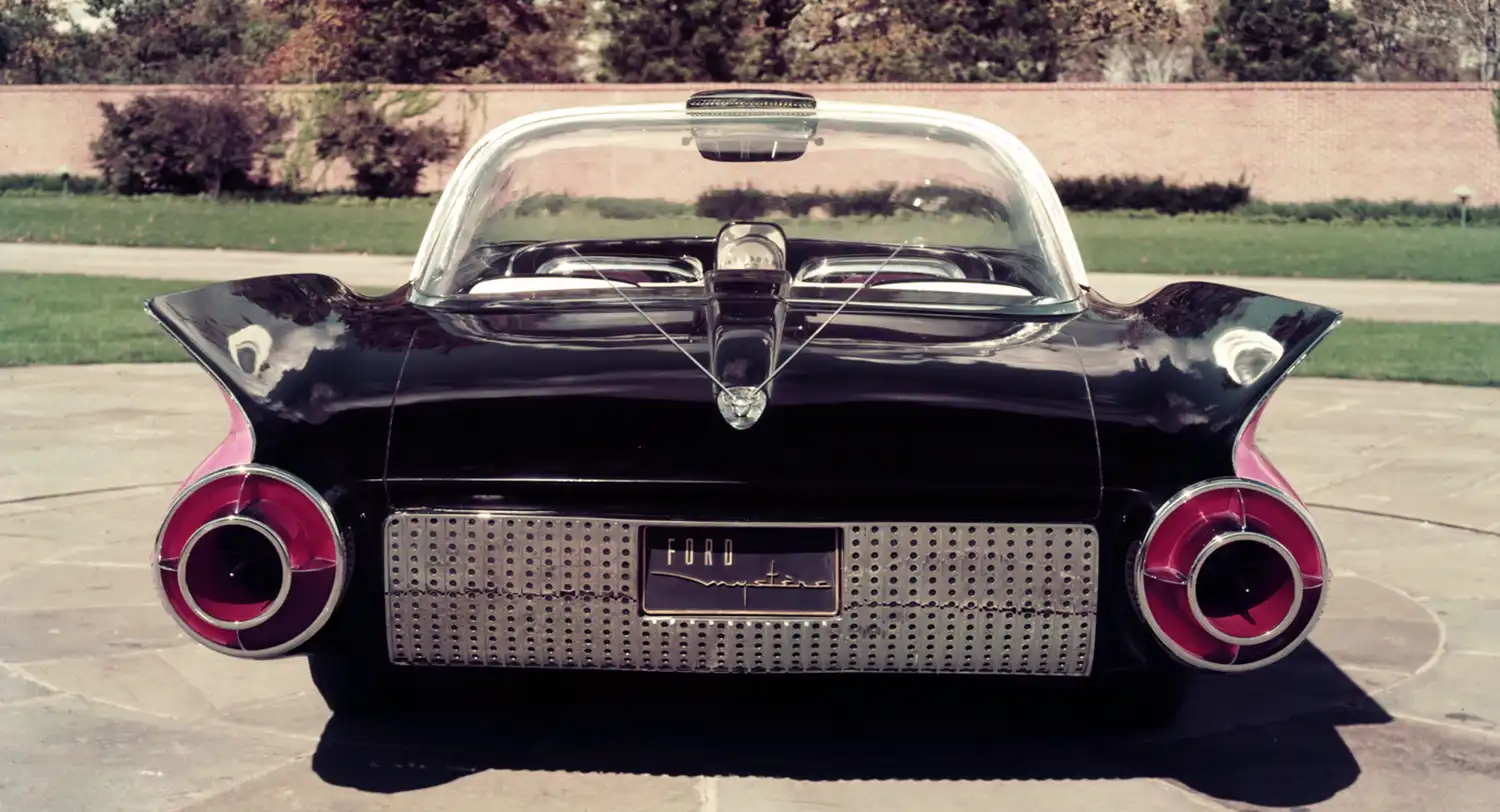
The side profile of the Mystere was equally striking, often featuring a very low roofline and expansive areas of glass, contributing to a sense of openness and modernity. The doors might have incorporated unique opening mechanisms or styling elements that deviated from standard production cars of the time. The overall impression was one of motion and speed, even while the car was stationary.
The rear of the Mystere was perhaps its most dramatic aspect, typically featuring prominent tailfins that were a hallmark of the mid-to-late 1950s design language. These fins were not merely tacked-on decorations but were often integrated into the overall rear deck and taillight design, creating a cohesive and visually arresting appearance. The rear bumper and exhaust treatments were also likely to be stylized and integrated into the overall futuristic theme.
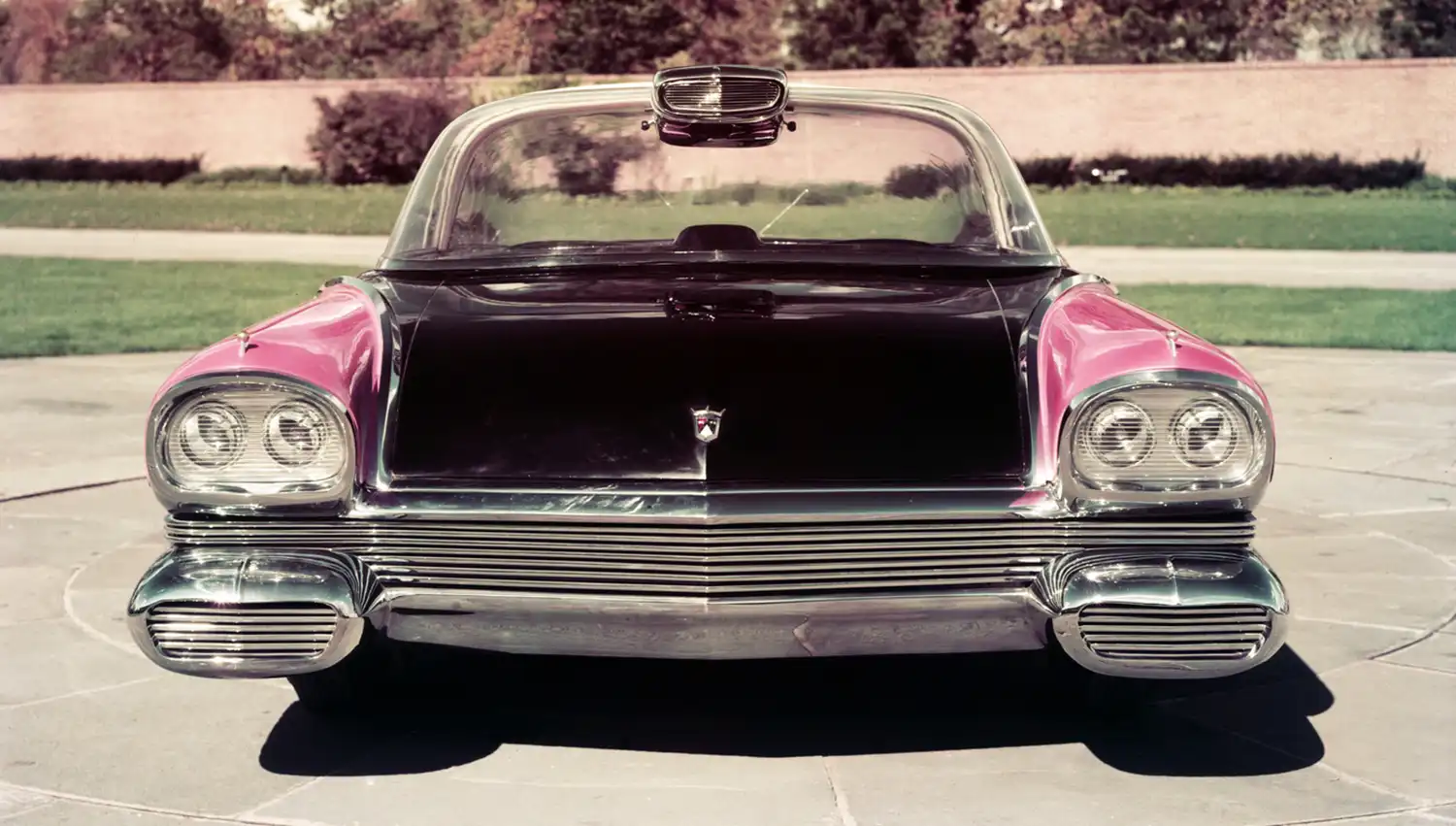
Innovative Features and Materials: As a concept car, the Ford Mystere often incorporated experimental features and materials that were not yet feasible or cost-effective for mass production. These could have included advanced lighting technologies, unique interior layouts, novel material usage in the cabin, or even early explorations of driver-assistance systems. The focus was on showcasing what could be possible in the future of automotive design and technology.
The interior of the Mystere would have been designed to complement its futuristic exterior styling. This might have involved the use of advanced materials, innovative seating arrangements, and instrument panels that looked more like the controls of an aircraft than a traditional automobile. The goal was to create a sense of luxury, spaciousness, and technological advancement.
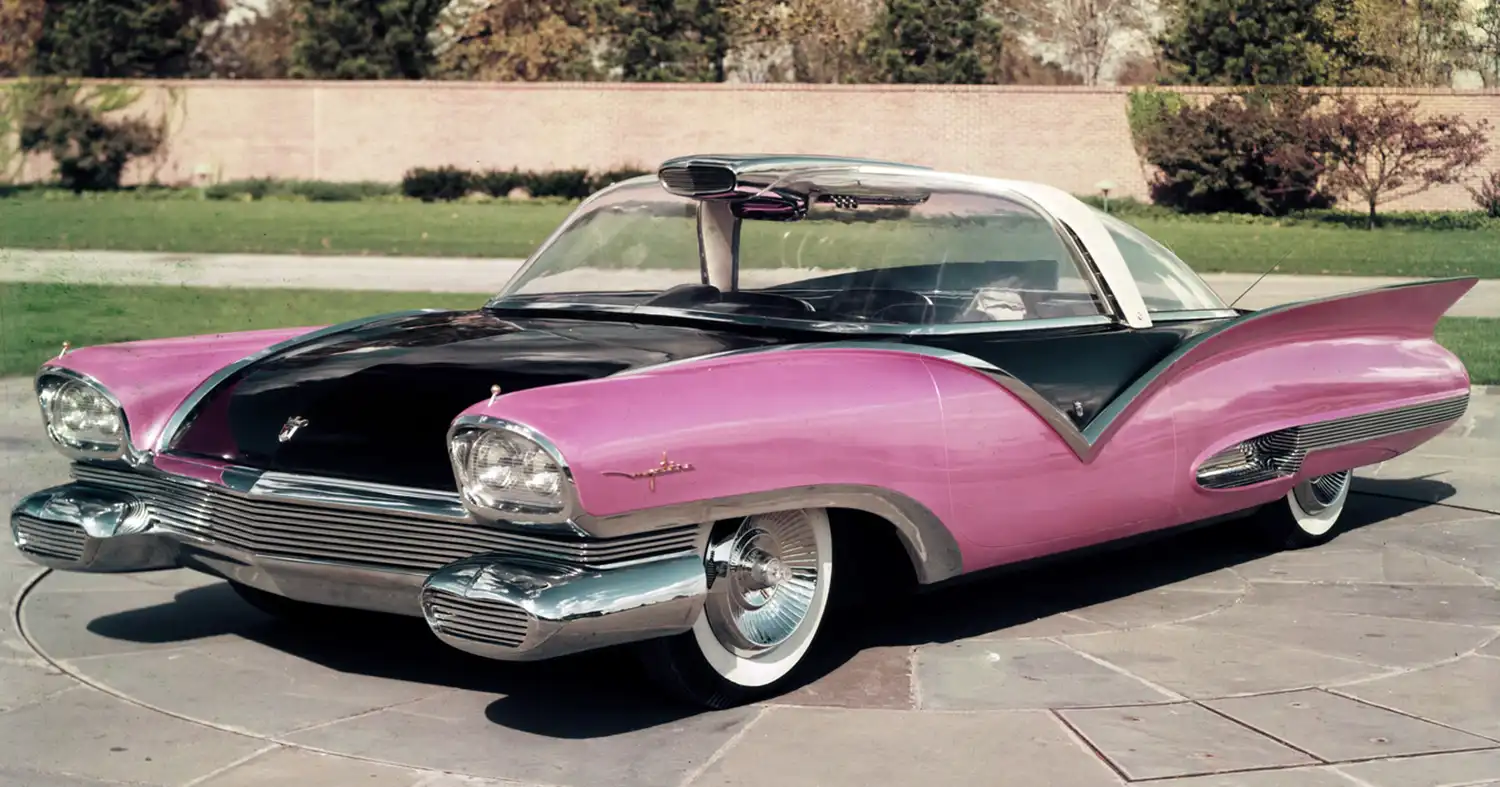
Power and Performance Speculation: As a styling exercise, detailed specifications regarding the Ford Mystere’s powertrain and performance capabilities were often secondary to its design. It may have been fitted with a contemporary Ford engine, possibly a V8, simply to allow it to be functional and movable for display purposes. However, the emphasis was not on groundbreaking performance figures but on the visual statement the car made. Any performance claims or specifications associated with the Mystere would likely be estimates or based on the capabilities of Ford engines available at the time. The true significance of the Mystere lay in its aesthetic impact rather than its technical specifications.
Influence on Design Trends: While the Ford Mystere itself never entered production, its design themes and innovative styling cues undoubtedly influenced the broader automotive design landscape of the late 1950s and early 1960s. The emphasis on sleek lines, integrated bumpers and lighting, and dramatic tailfins were elements that found their way into various production vehicles, albeit often in a more diluted or adapted form. Concept cars like the Mystere played a crucial role in shaping public perception of automotive progress and in inspiring designers to push the boundaries of what was considered stylish and modern.

The Mystere also served as a valuable tool for Ford’s internal design teams, allowing them to explore new ideas and techniques without the constraints of production feasibility. The feedback and reactions to such concept cars could then inform the development of future production models, ensuring that Ford remained at the forefront of automotive styling trends.
A Unique Piece of Automotive History: Today, the 1955 Ford Mystere remains a significant and highly sought-after piece of automotive history. Its radical design for the era and its representation of the optimistic spirit of the 1950s make it a compelling subject for automotive enthusiasts and historians alike. As a one-off creation, its survival and preservation are crucial for understanding the evolution of automotive design and the role of concept cars in shaping the vehicles we drive today. The Ford Mystere stands as a testament to the power of imagination and the enduring allure of futuristic design.
Summary:
- The 1955 Ford Mystere was a concept car created by the Ford Styling Studio.
- It showcased futuristic design trends of the mid-1950s.
- Its styling featured sleek lines, integrated bumpers, and dramatic tailfins.
- It likely incorporated experimental features and materials.
- Detailed performance specifications were secondary to its design.
- The Mystere influenced automotive design trends of the late 1950s and early 1960s.
- It served as a tool for Ford’s design teams to explore new ideas.
- The 1955 Ford Mystere is a unique and significant piece of automotive history.
Disclaimer: Please be aware that information regarding concept cars, especially those from decades past, can sometimes be limited or based on historical records and interpretations. Details may vary across different sources.
Source: Ford Heritage Vault
AI Assistance: Gemini
